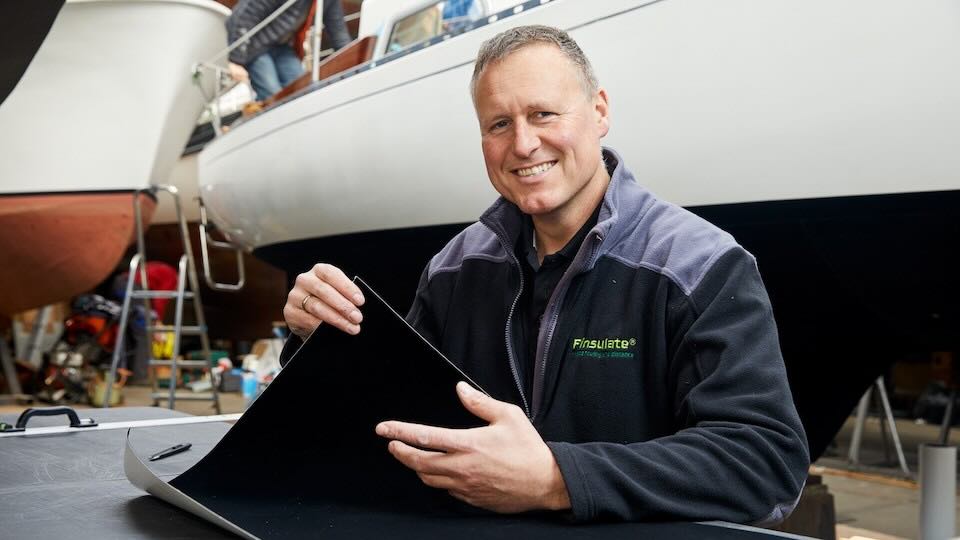Of all innovations promising to better the maritime world, none have evoked more interest and disruption than Finsulate, the new generation biofouling solution developed in the Netherlands. Its purpose was to find a solution for prevention against biofouling problems on ship hulls, which increases fuel consumption bills- greenhouse gases- and emissions- frequent maintenance offers a solution with lower environmental impact while boasting longevity, compared to traditional toxic coatings.
The Problem with Conventional Antifouling Paints
Antifouling paints have been used in the maritime world to prevent the build-up within hulls of barnacles, algae, and mussels for the better part of the last few decades. These coatings typically function by slowly releasing biocides, usually copper or other harmful substances, into the water to discourage attached marine growth. They are well regarded for their effectiveness in this regard but come with a significant environmental hazard.
The continuing leaching of such toxins poisons marine ecosystems, injuring non-target species and deteriorating water quality. Generally, the regulatory framework has been narrowed down worldwide, especially in Europe, where laws regulating copper-based paints have become stricter. Besides, many coatings erode after a while, obliged to be reapplied frequently, thus incurring high maintenance and downtime costs for operations.
Environmental and Economic Benefits
The biggest selling point for Finsulate is perhaps the ecological aspect, or rather lack of toxicity in its content. Because no toxins are present in the Finsulate makeup, chemical leaching will not occur. Hence, not only will marine life be safe, but it will also be able to meet increasingly stringent regulations that apply in many international waters.
Economic-wise, Finsulate antifouling, stands up convincingly. The initial price might be higher than that of traditional coatings, but it will save considerable amounts in the long run through a longer life span and lower maintenance requirements. The effect of less fouling presents the scenario of less drag on vessels coated with Finsulate; this results in more fuel-efficient operations and a reduction in emissions.
Less becomes maintenance as well. Rather than needing a dry dock every year or two for repainting, the vessel owners must clean the wrap while the vessel is still in the water. That means less servicing downtime and lower maintenance costs.
Applications and Adoption
From private yachts to ferries, offshore platforms, and military ships, Finsulate finds applications in many vessels. The adoption is high in Northern Europe, where environmental laws are rigorous and knowledge about sustainable practices is very high.
Best of all, a certain case history involved a Dutch ferry company applying Finsulate on one of their vessels. The savings incurred in fuel prices through operation for several years were now getting clearer, with no antifouling repainting required as an assurance of the long-term viability of the product.
Marinas and port authorities are also watching this development, as the significant reduction of biocide runoff derived from Finsulate-coated vessels will add to harbor water cleanliness.
Conclusion
Finsulate is more than a marine paint; it symbolizes a greater change moving towards sustainable innovation in the maritime realm. By substituting toxic paints with clever, fiber-based solutions, this Dutch invention protects the oceans while keeping ships clean and efficient.
To reduce the world’s environmental footprint, Finsulate antifouling, a revolutionary Dutch invention, presents a rare win-win: a healthier planet and a more cost-efficient marine industry. From the harbor to the high seas, that might be the future of antifouling, all wrapped up in Dutch ingenuity.




